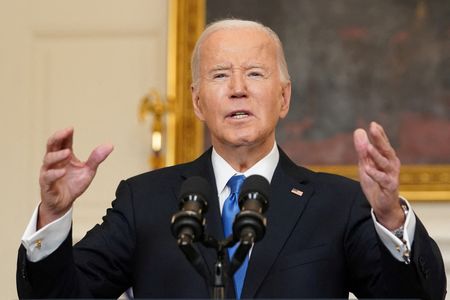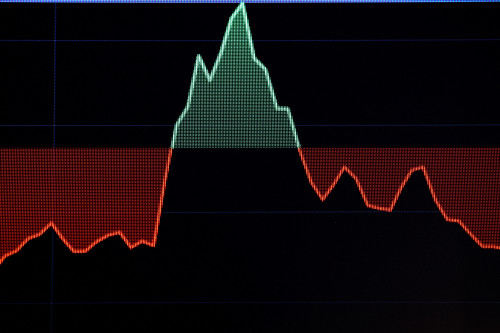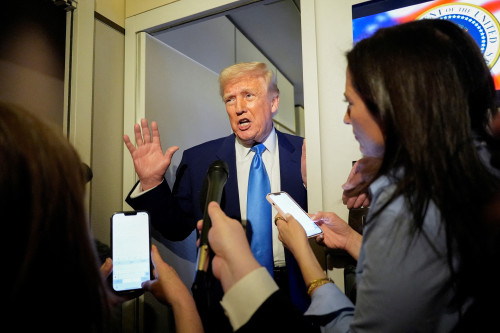By Mike Stone
WASHINGTON (Reuters) -U.S. President Joe Biden wants an 18% cut in the number of F-35 jets the Pentagon buys next year after Congress’ cap on the size of the upcoming defense budget compelled the administration to find savings, two sources familiar with the situation said.
The Pentagon order for Lockheed Martin’s stealthy fighter will drop to below 70, down from an expected order of 83, for an estimated $1.6 billion drop in spending on jets.
The drop in F-35 orders could impact the big defense contractor, which earns about a quarter of its revenue from the jet program. International demand for the jets, which cost somewhere between $80 million to about $120 million each depending on the type, remains strong.
Lockheed shares fell 2.6% after the news, which was first reported by Reuters.
Lockheed said in a statement they “look forward to working with the Biden administration and Congress” on the 2025 fiscal year budget in the months ahead.
Biden’s overall defense and national security budget request is expected to be $895 billion, the sources said, compelling deep cuts in a wide range of programs, delays to existing programs and slowing efforts to build weapons stocks depleted by wars in Ukraine and Israel.
Budget negotiations between Defense Secretary Lloyd Austin and the White House’s Office of Management and Budget have largely concluded, but the final amount could change before the budget request is expected to be unveiled on March 11, the sources added.
The Pentagon’s comptroller declined to comment, and the Joint Program office, which runs the F-35 program, also declined to comment.
Last year, the Pentagon projected it would buy 83 of the stealthy F-35 fighter jets from Lockheed Martin for $9.8 billion.
BUDGET CAPPED
Last spring, the Pentagon estimated it would need about $880 billion in 2025 and a total national defense budget of $929 billion. But the two-year budget deal struck in mid-2023 capped the 2025 defense budget at 1% above the $886 billion 2024 budget. As a result, Biden’s total 2025 national security budget will be $895 billion.
The Pentagon’s share of the national defense budget is expected to be $850 billion, according to an industry executive and a former defense official briefed on the matter. The $30 billion reduction will hit other programs as well. For example, a portion of the $2 billion earmarked for missile defenses for Guam – viewed as important to deter China in the Pacific – is also among the suggested cuts. Other programs that could be reduced include upgrades to the homeland missile defense system in Alaska known as Ground Based Interceptors and RTX Corp-made SM3-1B missiles for Aegis ships. Delayed programs include slowing orders for an aircraft carrier made by Huntington Ingalls Industries Inc and Virginia-class submarines made by Huntington and General Dynamics Corp, according to two congressional staffers. The Pentagon was expected to also trim costs by retiring older weaponry like ships and planes that are more expensive to operate. The cuts are not final given they will likely spark debate on Capitol Hill that could lead to an increase in the national defense budget to over $900 billion for fiscal 2025, budget watchers say. Defense spending accounts for about half of the U.S. discretionary budget, the other going transportation, education, diplomacy and other departments. Entitlements like Social Security, the national retirement fund, constitute the non-discretionary portion of the budget. The 2024 budget, which includes $886 billion for national security, still has not passed Congress. The U.S. government is working under a continuing resolution – which caps spending at 2023 levels until a 2024 budget is passed. The current continuing resolution that is keeping the government open expires on March 1.
(Reporting by Mike Stone in Washington; Editing by Chris Sanders, Lisa Shumaker and Diane Craft)










